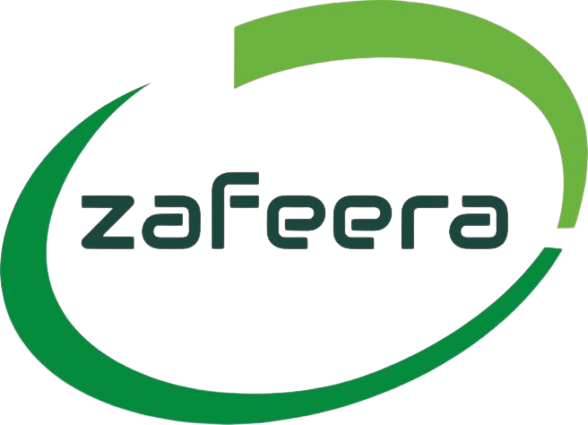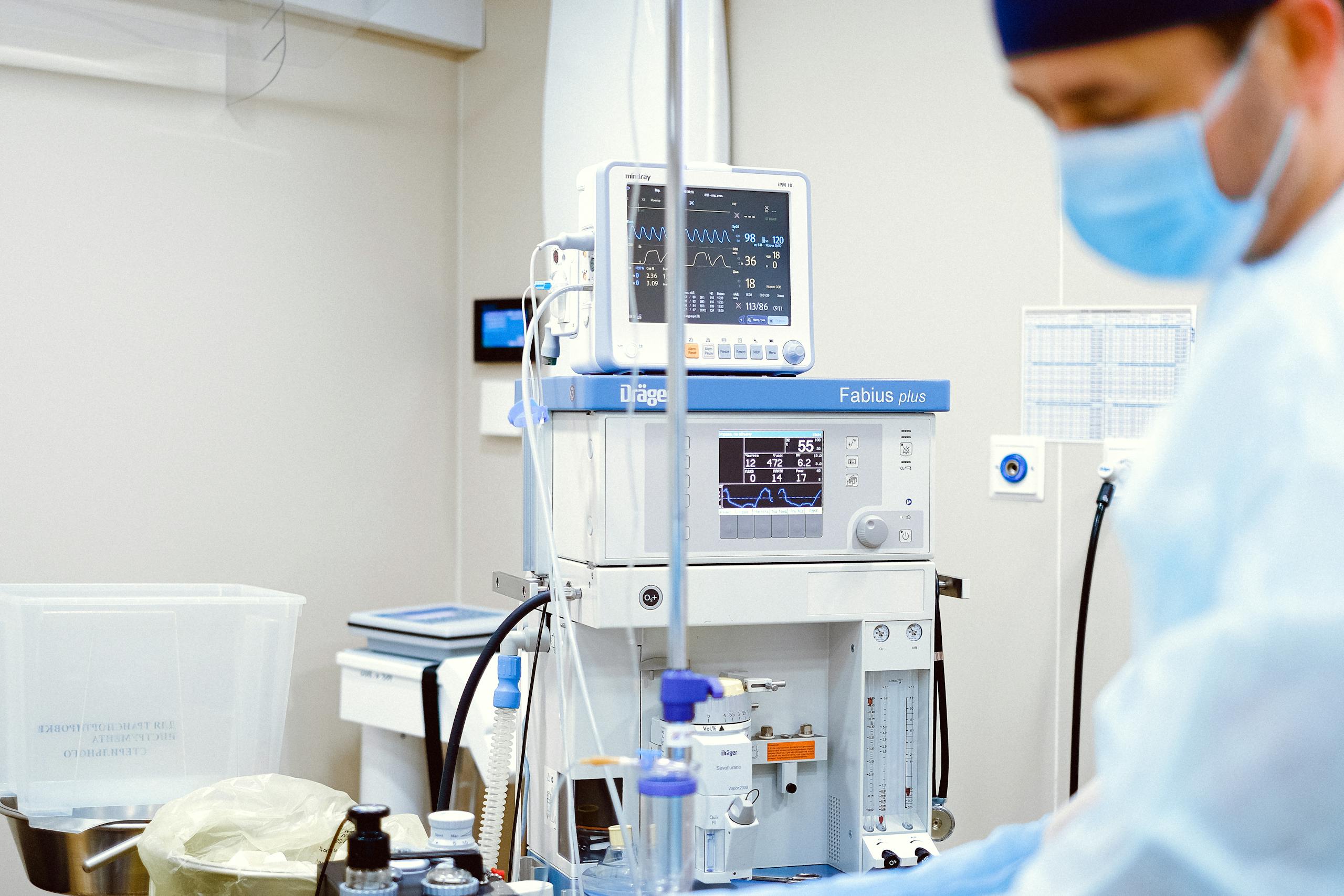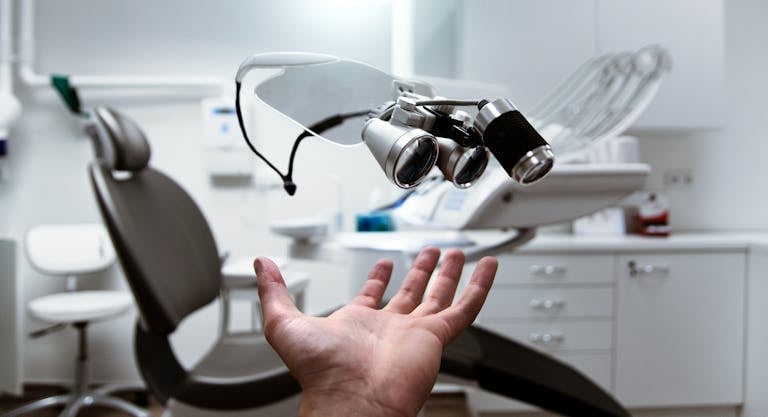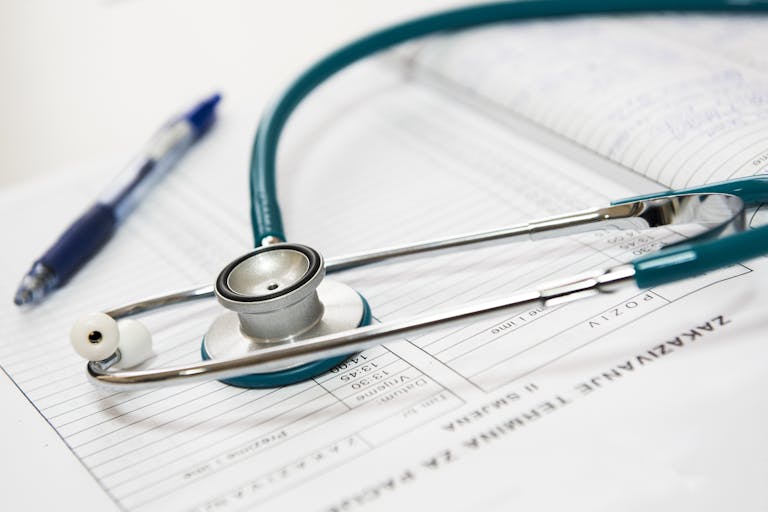Anesthesia machines are the backbone of modern surgical procedures, ensuring patient safety and comfort during operations. With advancements in technology, choosing the right anesthesia machine has become more critical than ever. Whether you’re running a hospital, a clinic, or a surgical center, having access to a reliable and efficient machine is a non-negotiable aspect of quality healthcare.
In this blog, we’ll explore the Top 10 Best Anesthesia Machines for 2024, providing insights into their features, benefits, and why they stand out in the market.
1. GE Healthcare Carestation 750
This machine is a gold standard for anesthesia delivery and patient monitoring. It offers advanced ventilation features, an intuitive touchscreen interface, and exceptional precision, making it ideal for both simple and complex surgical cases.
Key Features:
- Integrated patient monitoring.
- Advanced lung protection ventilation modes.
- User-friendly design for ease of operation.
2. Dräger Fabius Plus XL
A reliable workhorse for surgical operations, this machine boasts an ergonomic design and robust functionality. It ensures precision and ease of use, suitable for various clinical environments.
Key Features:
- Fully integrated ventilator.
- Modular design for scalability.
- Long-lasting durability.
3. Mindray A7 Anaesthesia Workstation
Mindray A7 stands out for its state-of-the-art safety features and smart system integration. This machine is particularly suited for hospitals aiming for innovation in their surgical practices.
Key Features:
- Advanced monitoring with integrated analytics.
- Customizable settings for diverse patient needs.
- High-definition touchscreen display.
4. Penlon Prima 465
Known for its compact and efficient design, the Penlon Prima 465 delivers high performance in small and mid-sized operating rooms.
Key Features:
- Intuitive interface for seamless operation.
- Advanced oxygen monitoring system.
- Excellent value for cost-conscious buyers.
5. Philips Respironics Alice 6
This machine combines anaesthesia with advanced sleep and respiratory care solutions, offering unparalleled performance for patient comfort and safety.
Key Features:
- Dual functionalities for anaesthesia and respiratory care.
- Precise drug delivery system.
- Portable and easy to maintain.
6. Meditech India Anesthesia Machine
An affordable yet high-quality option, Meditech offers solutions tailored for smaller clinics and budget-conscious facilities.
Key Features:
- Compact and portable design.
- Essential features without unnecessary complexity.
- Durable build for long-term use.
7. Ohmeda Modulus SE
Ohmeda has long been a trusted name in the medical equipment industry, and the Modulus SE continues to uphold its reputation with reliability and simplicity.
Key Features:
- Easy-to-use controls and display.
- Ergonomic design for operator comfort.
- Excellent safety mechanisms for patients.
8. Siare Sirio S2/T
This portable anaesthesia machine is a perfect choice for emergency medical operations or field settings. Its lightweight design and powerful performance make it a top pick for mobility.
Key Features:
- Compact and lightweight.
- Built-in safety alarms for better control.
- Simple setup for quick deployment.
9. Aeonmed Aeon7400A
A versatile machine designed for both adult and pediatric use, the Aeonmed Aeon7400A is known for its precision and reliability.
Key Features:
- High-definition display for real-time monitoring.
- Advanced ventilation modes for critical patients.
- Robust design for demanding environments.
10. Dameca AX700
Dameca combines Scandinavian simplicity with cutting-edge technology in the AX700, offering an excellent balance of performance and usability.
Key Features:
- Elegant and intuitive design.
- Efficient energy consumption.
- Advanced monitoring features for improved patient outcomes.
How to Choose the Best Anesthesia Machine
When selecting an anaesthesia machine, consider the following factors:
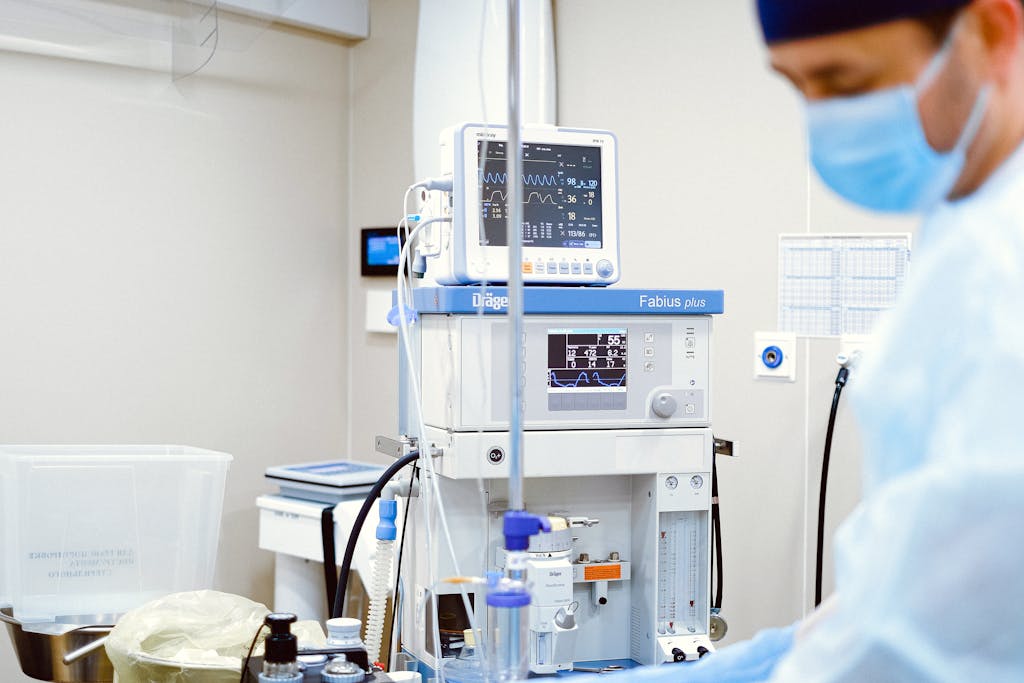
- Compatibility: Ensure the machine meets the specific needs of your facility and patients.
- Ease of Use: User-friendly interfaces can significantly reduce setup time and improve operational efficiency.
- Safety Features: Advanced alarms, monitoring systems, and backup mechanisms ensure patient safety.
- Scalability: Opt for machines with modular designs that can grow with your practice.
- Cost Efficiency: Balance the price with the features offered to ensure long-term value.
Conclusion
The anaesthesia machines listed above represent the best options available in 2024, combining innovation, reliability, and user-friendly features. Whether you’re managing a large hospital or a small clinic, choosing the right machine can enhance operational efficiency and improve patient outcomes.
By investing in one of these top-performing anaesthesia machines, you can ensure that your healthcare facility is well-equipped to meet the demands of modern medical practices.
Let us know in the comments which anaesthesia machine suits your needs best!
